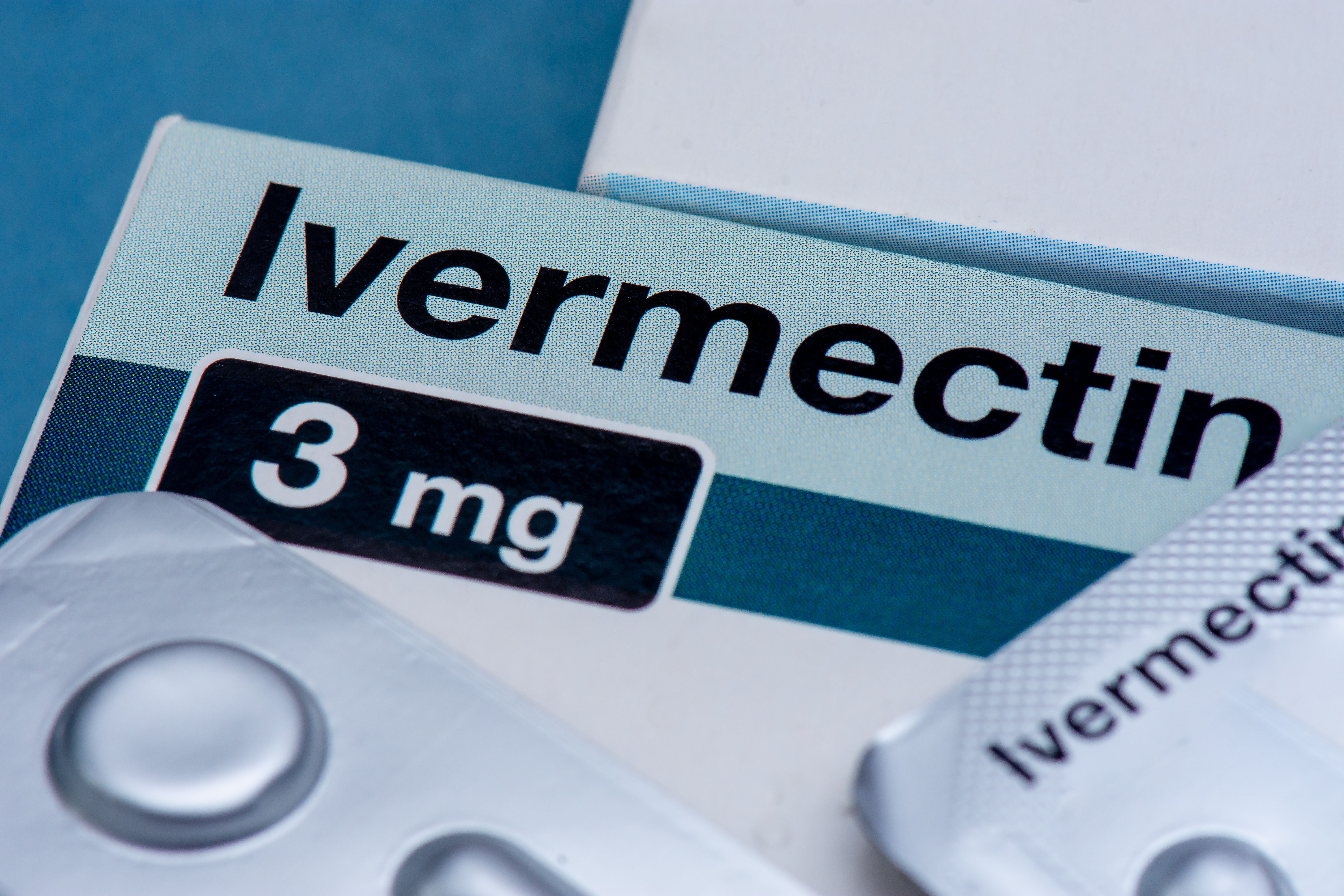It's a great term - good on you. It just took me a bit of searching through various acronyms before I realized its origins where here on S4ME!Guilty as charged.
- Home
- Forums
- Discussion topics
- Doctors, clinics and organisations discussions
- USA clinics and doctors
You are using an out of date browser. It may not display this or other websites correctly.
You should upgrade or use an alternative browser.
You should upgrade or use an alternative browser.
USA: Mount Sinai PACS clinic and Dr David Putrino
- Thread starter Kalliope
- Start date
Yann04
Senior Member (Voting Rights)
Oh I agree with you. I was commenting on him taking up lactate theories as if proven. Not the subgroup division. I agree with him on that point.As for this particular bit of "BioBS", while I have certainly picked up on a fair degree of animus toward Putrino on this board, I did not realize that the possibility of different approaches being required for different subgroups of pwME was understood to be unworthy of consideration. May I ask why? Happy to make another thread if this isn't the place for it.
Ah - understood. And yes, this sort of vociferous assertion that it's all been figured out, no need to actually finish or even run any studies, is clearly endemic. I have to assume that the refusal or inability to display any uncertainty is trained into researchers and clinicians. This is certainly the case in my corner of academia, but I was in the humanities, which doesn't excuse it, but does mean that the consequences tend to be a little less life-and-death.Oh I agree with you. I was commenting on him taking up lactate theories as if proven. Not the subgroup division. I agree with him on that point.
Last edited:
Yann04
Senior Member (Voting Rights)
I had similar experience in studying Social Data Science. A field you’d think would have to be very careful because its very complex and the data is often biased. But the profs basically treated the data as inherently true and objective.I have to assume that this refusal or inability to display any uncertainty is trained into people. This is certainly the case in my corner of academia
Academia really needs a big epistemic humility injection.
great phrase--and idea!!Academia really needs a big epistemic humility injection.
Academia really needs a big epistemic humility injection.
unfortunately, we no longer believe in vaccines in the U.S.
Jonathan Edwards
Senior Member (Voting Rights)
unfortunately, we no longer believe in vaccines in the U.S.
You do the Fat Jabs though, don't you?
Yann04
Senior Member (Voting Rights)
unfortunately, we no longer believe in vaccines in the U.S.
Not sure what this refers to?You do the Fat Jabs though, don't you?
Binkie4
Senior Member (Voting Rights)
Mounjaro ( and other weight loss jabs) are creating a lot of news over here. From 1st Sept, it's quoted that prices of some doses of the mounjaro jab will triple so that many people will be unable to afford them.Not sure what this refers to?
see https://www.s4me.info/threads/a-thread-for-those-concerned-about-weight-gain.25/post-635571
i noticed that Cort has published an article that goes wider than this about wider benefits of the GLP1 drugs.
The big issue here is how much of the demand will be met by the NHS. It seems that it will be very little. Only those with a BMI of over 40/45 ( I have seen both quoted ) plus 4 specified health conditions will be eligible leaving I think it's about 1 1/2 million ( exact fig not checked) to continue to fund it privately which not all will be able to afford to do. Lots of concern expressed.
Edit: Since writing this the Times has reported ( see above link) that Eli Lilly has further reduced its supply of mounjaro into UK before 1st Sept creating even more shortages.
Last edited:
ahimsa
Senior Member (Voting Rights)
Yep. But we do believe in selling ivermectin over the counter - no prescription needed!unfortunately, we no longer believe in vaccines in the U.S.

Four States Pass Laws Allowing OTC Ivermectin, More States Pending Legislation
States have expanded access to over-the-counter ivermectin, raising concerns among health experts about safety, misinformation, and self-medication risks.
